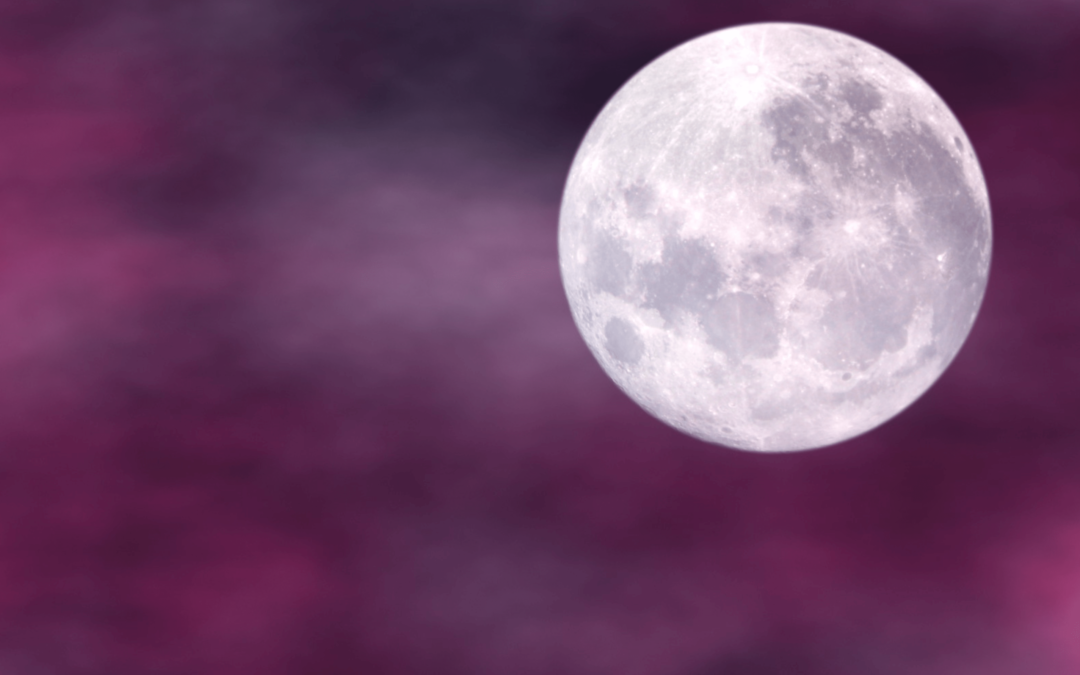After developing a consistent daily practice of Ashtanga yoga, the practitioner may become very aware of the phases of the moon. Whatever series you are practicing, each and everyday you show up to the mat is different. We start with our sun salutations and notice that we may feel stronger than the day before. We may notice that our breath is more shallow. Whatever catches our attention about the vastness of our practice really allows us to dive deeper into why that is. There are many factors that encompass inconsistency in our daily energy levels. The influence I am expounding on in this post is one of my favorites to discuss, the moon cycle!
There are two things that science has proven and we can all agree with: 1) our bodies are made of 70% water and 2) the gravitational pull of the moon affects the tides of water on earth. Both the sun and moon affect the gravitational pull on earth. When they are in conjunction or opposition of one another, there is a powerful influence on our energy levels.
Ashtanga yoga is a practice heavily focused on moving energy throughout the body. Our breath and bhandas help us move this energy as we transition from asana to asana. The inhale we take is an energetic upward moving force that we correlate with the full moon. We try to take in a full, expansive breath that gives us great energy and can leave us emotional and excessively ungrounded when practiced on a full moon. The new moon is the opposite. It corresponds with apana, a downward force that is very grounding. This energy is greatest on the new moon leaving us less inclined to physically exert ourselves.
Diving even deeper into other happenings outside of Ashtanga yoga practice during these times, we look at the natural cycle of the earth. It is recommended that seeds are planted on the new moon when the grounding force is strongest. It allows the seed to deeply root itself into the soil. The full moon is known for a time of harvest. Produce is bountiful as it has been “growing upwards” with the help of an increasing strong gravitational pull. Statistically, there are more reports of celebrations, arrests, hospitalizations, births, etc. on full moons. You may notice when you are watching a movie that there is a glimpse of a “full moon” shown before a climactic scene. We rest on these days to help us refrain from over or under exerting or energy in our practice.
There is much research and theory that can be studied about the moon cycle and cosmos in general. I encourage you to get curious and glimpse up at the sky as you head to your morning daily practice. What phase does the moon seem to be in or headed towards, how do you feel? Lastly, enjoy the rest we gift ourselves from or asana practice on these days. We can take advantage of these days by journaling or practicing a more internalised form of self-study. Become aware of the vastness of our beings. Notice what is above and beyond.
Namaste.

